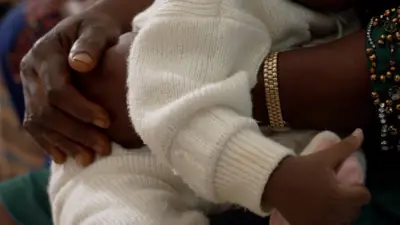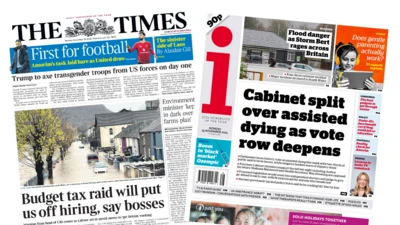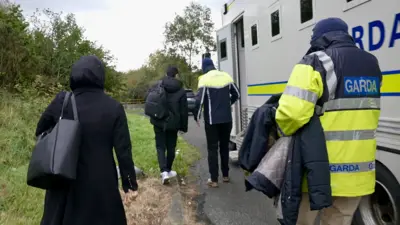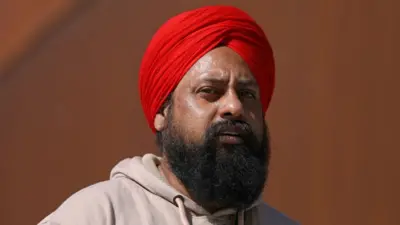We've updated our Privacy and Cookies Policy
We've made some important changes to our Privacy and Cookies Policy and we want you to know what this means for you and your data.
Maps, maths and boundary changes - MPs digest details
- Author, David Cornock
- Role, ǵüµÇ¨û§ Wales Parliamentary correspondent
If you spot a Welsh MP poring over a large map today, do not be alarmed. They are not lost, just slightly anxious about their future.
The Boundary Commission for Wales has unveiled for constituency boundaries. Its new map of Wales is based on Parliament voting to cut the number of Welsh MPs by a quarter - from 40 to 30.
As you probably know by now, this may yet prove to be an academic exercise, although quite an expensive one. The Caerphilly MP and shadow Justice Minister Wayne David has obtained figures which put the cost of the whole process - for Wales alone - at more than ôÈ1m.
The threat to the proposals comes from within the coalition government. The Liberal Democrats have said their MPs (all 57 of them) will vote against proposals they have previously, as part of the coalition , supported. (Indeed, the Lib Dems have previously campaigned for an even smaller House of Commons).
David Cameron told me earlier this month that he would push ahead with the vote (not that he was likely to tell me he's pulling it).
So how will he win it? You can, as they say, do the maths by looking at the most recent . Even if every Conservative MP votes for the boundary changes (which is doubtful given the varied local impact), the Tories could still be out-voted by Labour and the Liberal Democrats - unless smaller parties vote with the Prime Minister. There are also five by-elections pending in Labour-held or targeted seats.
That explains recent speculation about a multi-coloured rainbow alliance voting with David Cameron and company to cut the Commons down to size - an alliance that would probably have to include unionists, nationalists, independents and a Green.
Plaid Cymru have set out their but have yet to receive a response from Downing Street. Perhaps Mr Cameron is still working his way down the Plaid shopping list but the prime minister faces the sort of mathematical challenges that scuppered Labour's attempt to cling onto office after the 2010 general election.
The Conservative party's decision to select its candidates for the 2015 general election on existing boundaries is probably a more accurate guide to what is likely to happen.
Top Stories
More to explore
Most read
Content is not available








